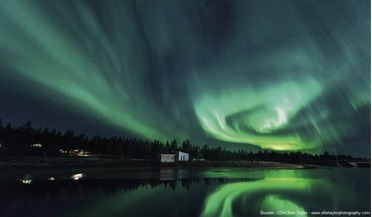 May 2021
Forecasting space-weather effects on Earth
May 2021
Forecasting space-weather effects on Earth
...which releases radiation into space. Sometimes, this release is accompanied by an ejection of plasma (hot clouds of ionised gas) from its surface. These are called Coronal Mass Ejections (CME), the frequency of which depends on the phase of the solar...
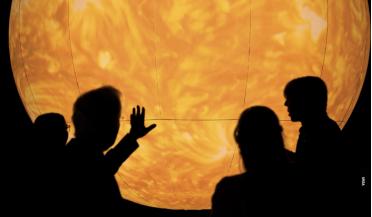 November 2025
Vantage Vigil - Europe’s first operational space weather mission nears approval
November 2025
Vantage Vigil - Europe’s first operational space weather mission nears approval
...four- to five-day lead time for potentially hazardous space weather. Equally critical is its role in tracking coronal mass ejections (CMEs) in real-time after they erupt, enabling more accurate estimations of impact time, location and intensity. This...
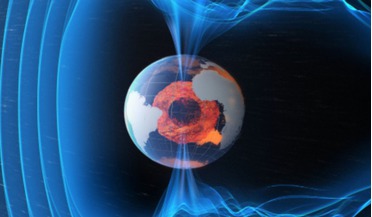 August 2016
Our changing world and the mounting risk of a calamitous solar storm
August 2016
Our changing world and the mounting risk of a calamitous solar storm
... and a magnetic field to support life systems and protect them from stellar heat and radiation and coronal mass ejections (CME). But the question of relevance is: Just how safe is Earth from cosmic dangers? We humans, in fact, have become...
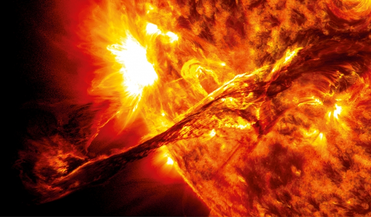 June 2019
Solar superstorms and their effects on Earth
June 2019
Solar superstorms and their effects on Earth
... watched in amazement on 23 July 2012 as an enormous Coronal Mass Ejection (CME) streaked by the STEREO-A spacecraft. Helping make this unpredicted event so spectacular was, a few days earlier, another CME occurred in the same sunspot region...
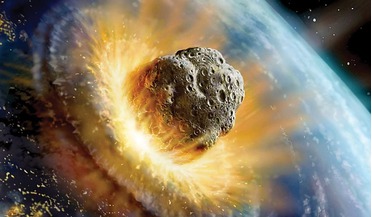 February 2016
Defending Earth against cosmic hazards
February 2016
Defending Earth against cosmic hazards
... Earth today as: Solar flares and solar storms known as coronal mass ejections (CMEs) Changes to Earth’s magnetosphere that eradicate effective shields to ward off solar coronal mass ejections Potentially hazardous asteroids and comets that can rain...
 April 2025
Life in the Sun’s atmosphere - the looming threat of solar storms
April 2025
Life in the Sun’s atmosphere - the looming threat of solar storms
... events can have global repercussions. Prediction timeframes vary – solar flares can impact Earth in minutes, while coronal mass ejections (CMEs) may take hours or days. Current forecasting capabilities provide some warning, but there are gaps...